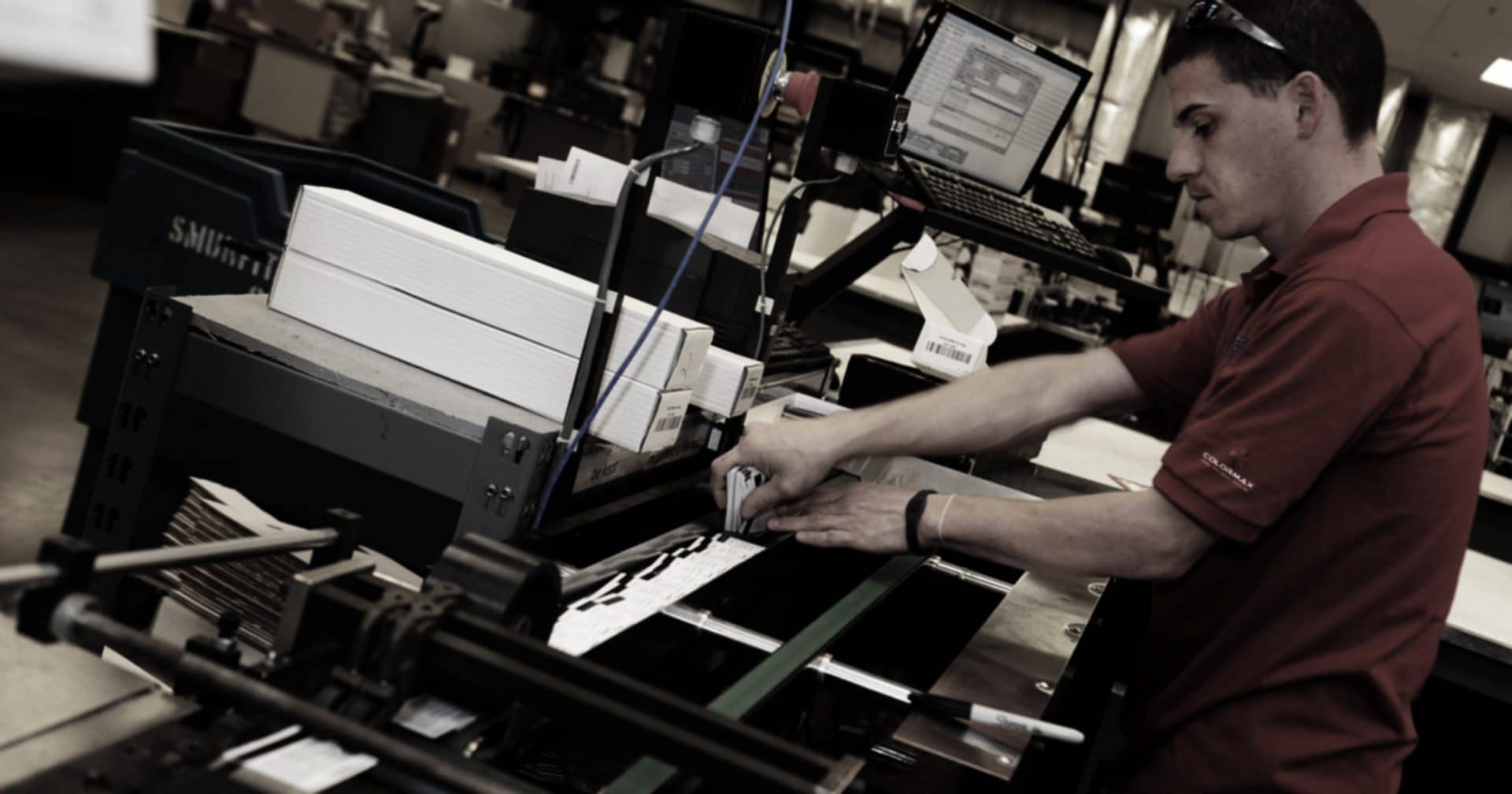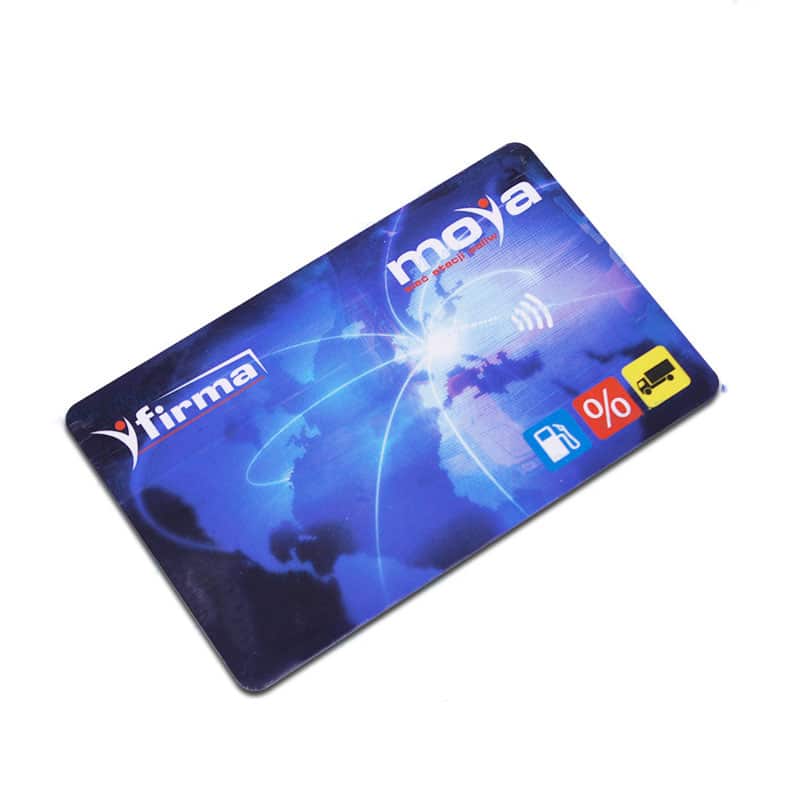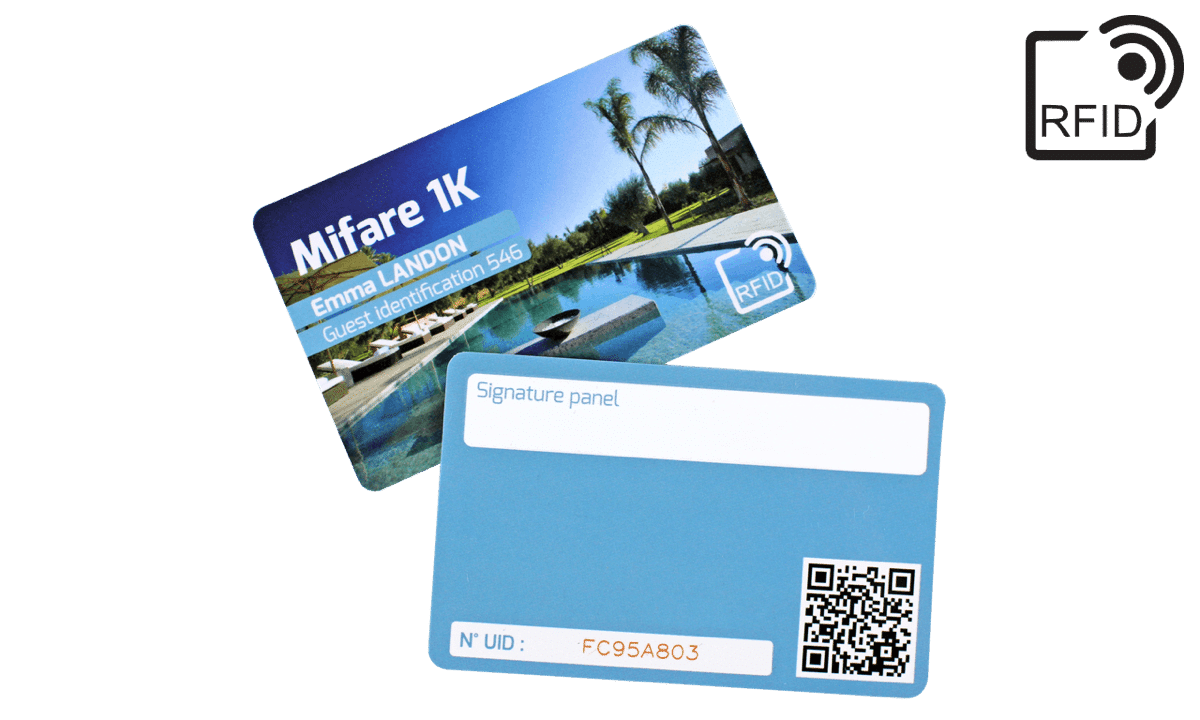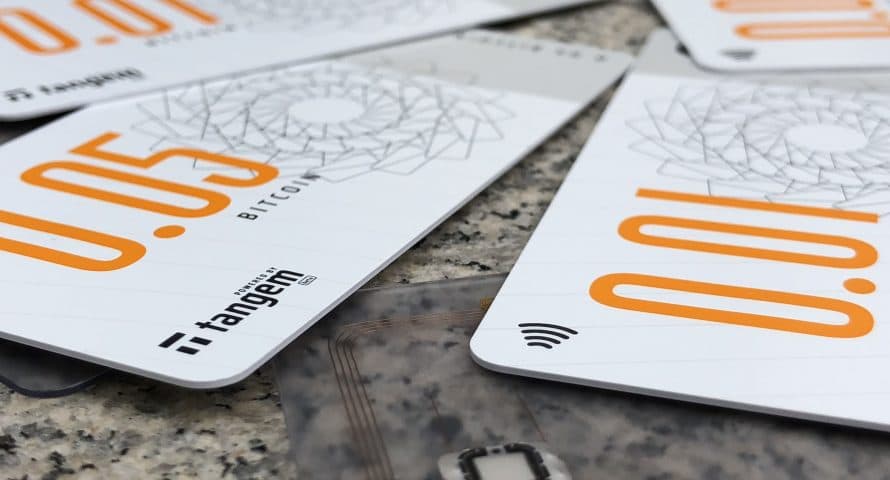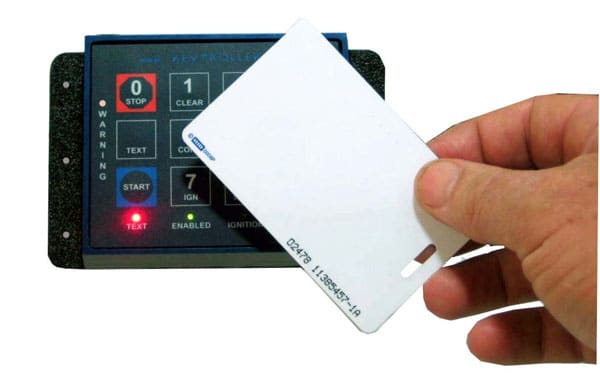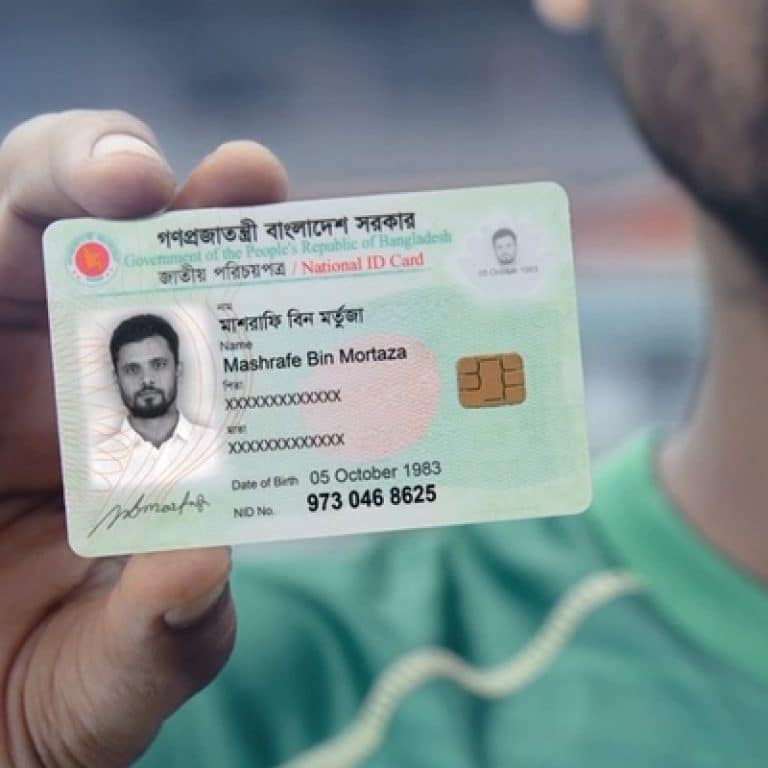RFID stands for Radio-Frequency IDentification. The acronym refers to small electronic devices that consist of a small chip and an antenna. The chip typically is capable of carrying 2,000 bytes of data or less.
The RFID device serves the same purpose as a bar code or a magnetic strip on the back of a credit card or ATM card; it provides a unique identifier for that object. And, just as a bar code or magnetic strip must be scanned to get the information, the RFID device must be scanned to retrieve the identifying information.
RFID Works Better Than Barcodes
A significant advantage of RFID devices over the others mentioned above is that the RFID device does not need to be positioned precisely relative to the scanner. We’re all familiar with the difficulty that store checkout clerks sometimes have in making sure that a barcode can be read. And obviously, credit cards and ATM cards must be swiped through a special reader.
In contrast, RFID devices will work within a few feet (up to 20 feet for high-frequency devices) of the scanner. For example, you could just put all of your groceries or purchases in a bag, and set the bag on the scanner. It would be able to query all of the RFID devices and total your purchase immediately. (Read a more detailed article on RFID compared to barcodes.)
RFID technology has been available for more than fifty years. It has only been recently that the ability to manufacture the RFID devices has fallen to the point where they can be used as a “throwaway” inventory or control device. Alien Technologies recently sold 500 million RFID tags to Gillette at a cost of about ten cents per tag.
One reason that it has taken so long for RFID to come into common use is the lack of standards in the industry. Most companies invested in RFID technology only use the tags to track items within their control; many of the benefits of RFID come when items are tracked from company to company or from country to country.
For many of us, using a key to start a car, a card to access a building or room, using ski lifts on a winter sports holiday and validating a bus or underground ticket have become part of our daily routine. Without always realising it, we use automatic data capture technology that relies on radio-frequency electromagnetic fields. This technology is known as Radio-Frequency IDentification or RFID.
Just as people use RFID as they go about their daily lives, objects also use this technology, as they transit from manufacture to storage and finally the point of sale. Like us, they also carry RFID tags. The difference between objects and ourselves is that they don’t “voluntarily” present their RFID tag or card when asked. These tags are therefore read in very different conditions and often require greater detection distances.
RFID (Radio Frequency Identification) can be defined as follows: Automatic identification technology which uses radio-frequency electromagnetic fields to identify objects carrying tags when they come close to a reader.
However, RFID cannot be reduced to one technology. RFID uses several radio frequencies and many types of tag exist with different communication methods and power supply sources.
RFID tags generally feature an electronic chip with an antenna in order to pass information onto the interrogator (also known as a base station or more generally, reader). The assembly is called an inlay and is then packaged to be able to withstand the conditions in which it will operate. This finished product is known as a tag, label or transponder.
The information contained within an RFID tag’s electronic chip depends on its application. It may be a unique identifier (UII, Unique Item Identifier or EPC code, Electronic Product Code, etc.). Once this identifier has been written into the electronic circuit, it can no longer be modified, only read. (This principle is called WORM Write Once Read Multiple). Some electronic chips have another memory in which users can write, modify and erase their own data. These memories vary in size from a few bits to tens of kilobits.


